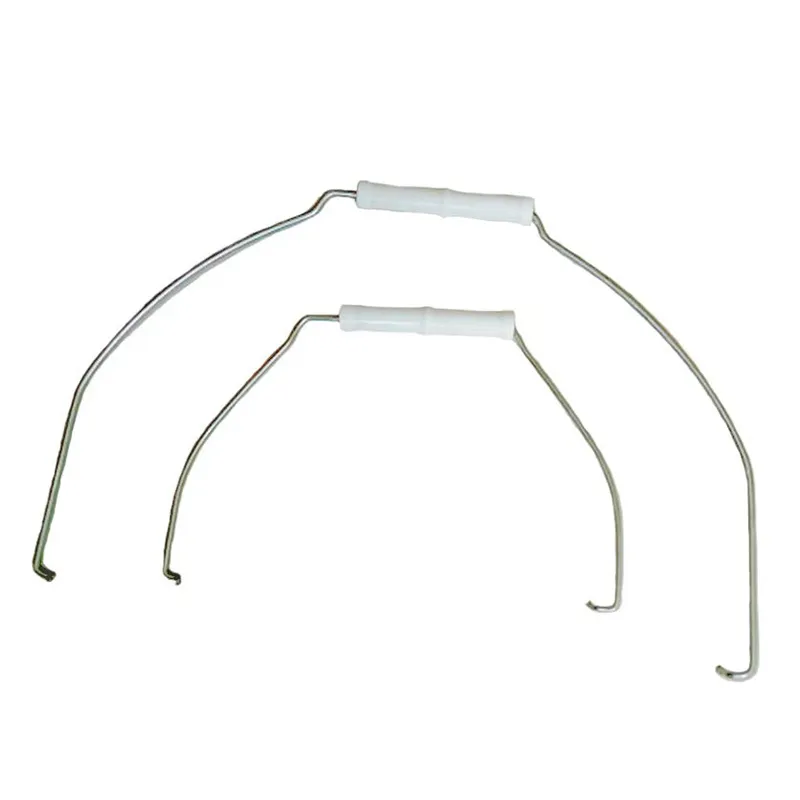-
 Phone:
Phone: -
 Email:
Email:

Innovative Solutions for Cardboard Bale Wire Recycling and Management Techniques
Understanding Cardboard Bale Wire An Essential Component in Recycling and Waste Management
In today’s environmentally conscious world, recycling and waste management play critical roles in reducing the impact of human activities on the planet. One key element in the recycling process, particularly for cardboard, is cardboard bale wire. This seemingly simple component is crucial for managing materials efficiently, ensuring that cardboard bales maintain their integrity during storage, transport, and processing. In this article, we will explore the importance of cardboard bale wire, its types, and its role in the recycling industry.
What Is Cardboard Bale Wire?
Cardboard bale wire is a specialized wire used to bind bales of cardboard, ensuring they remain compact and prevent them from unfolding during handling. These bales are formed from recycled cardboard and are typically produced in various shapes and sizes, depending on the requirements of the recycling facility. Bale wire is essential for maintaining the structural integrity of these bales, allowing for efficient transportation and storage as they await processing.
Types of Cardboard Bale Wire
Different types of bale wire are available, each designed to meet specific needs and conditions in the recycling industry. The most common types include
1. Steel Wire This is the most widely used type of bale wire due to its strength and durability. Steel wire can endure the pressure exerted on bales and remains intact during the baling process and subsequent handling.
2. Galvanized Wire For added protection against rust and corrosion, galvanized wire is coated with zinc. This type of wire is ideal for facilities located in humid environments or those that face exposure to moisture during processing or transportation.
3. Plastic Strapping An alternative to metal wire, plastic strapping is lightweight and resistant to moisture. While not as strong as steel wire, it offers flexibility and safety, making it suitable for lighter bales or where metal might pose a risk of injury to workers.
cardboard bale wire

The Role of Cardboard Bale Wire in Recycling
1. Efficiency in Transportation Cardboard bales are heavy and cumbersome. Without proper binding, they can become unwieldy and challenging to transport. Bale wire ensures bales are securely held together, making it easier to stack and load them onto trucks or containers for shipment to recycling facilities.
2. Space Optimization Recycling facilities often face space constraints. Compact, tightly-bound bales allow for more efficient use of storage space, enabling facilities to store greater quantities of cardboard before processing. This optimization can lead to cost savings and improved workflow within recycling operations.
3. Safety During Handling Properly bound bales reduce the risk of accidents during handling. Loose cardboard can pose hazards to workers, leading to potential injuries or damage to equipment. Bale wire helps to ensure that workers can handle, stack, and transport materials safely.
4. Quality Control Maintaining the quality of recycled materials is critical. Bales held together with robust wire help prevent contamination with other materials. This fidelity is essential for the recycling process, as clean, well-defined streams of materials lead to higher-quality end products.
5. Environmental Responsibility With the world increasingly focused on sustainability, the role of recycling in minimizing waste is undeniable. Properly managed cardboard bales, thanks to effective binding with bale wire, assist in elevating recycling rates. When cardboard is recycled efficiently, it reduces the need for new raw materials and contributes to a circular economy.
Conclusion
Cardboard bale wire may appear to be an insignificant detail in the grand scheme of recycling and waste management, but its significance cannot be overstated. By ensuring the integrity, safety, and efficiency of cardboard bales, this essential component plays a pivotal role in optimizing the recycling process. As industries and consumers continue to prioritize sustainability, understanding and utilizing cardboard bale wire will remain crucial for enhancing recycling efforts and minimizing environmental impact.
With ongoing advancements in materials science and sustainable practices, we can expect improvements in bale wire technology, making it even more efficient and environmentally friendly in the future. As we continue our journey toward a greener planet, every component counts, and cardboard bale wire is undoubtedly one of those pivotal elements.
-
Wire Mesh for Every Need: A Practical SolutionNewsJul.25,2025
-
Steel Fences: Durable, Secure, and Stylish OptionsNewsJul.25,2025
-
Roll Top Fencing: A Smart Solution for Safety and SecurityNewsJul.25,2025
-
Cattle Farm Fencing Solutions for Maximum SecurityNewsJul.25,2025
-
Affordable Iron Binding Wire SolutionsNewsJul.25,2025
-
Affordable Galvanized Wire SolutionsNewsJul.25,2025
-
Wire Hanger Recycling IdeasNewsJul.25,2025








